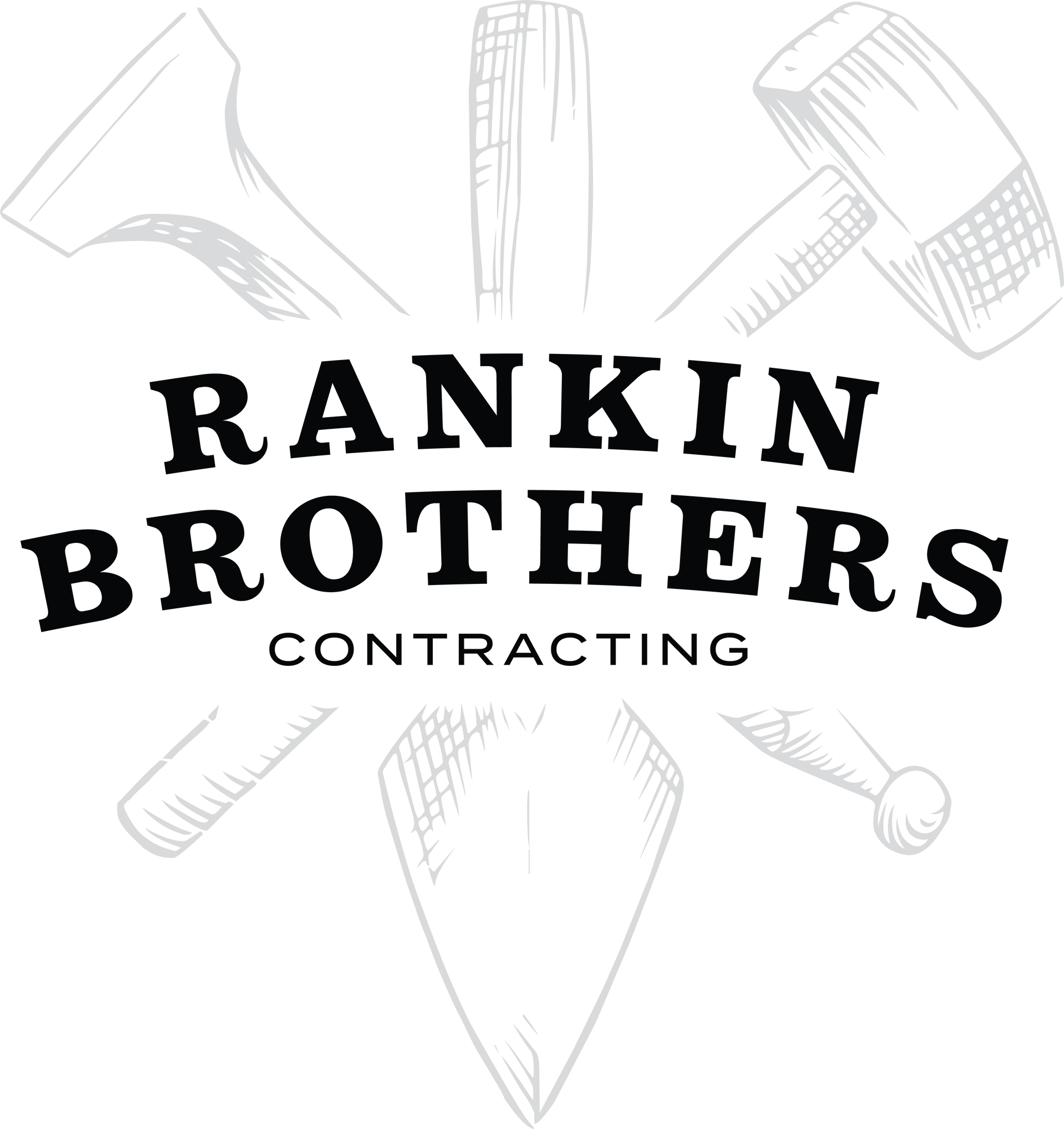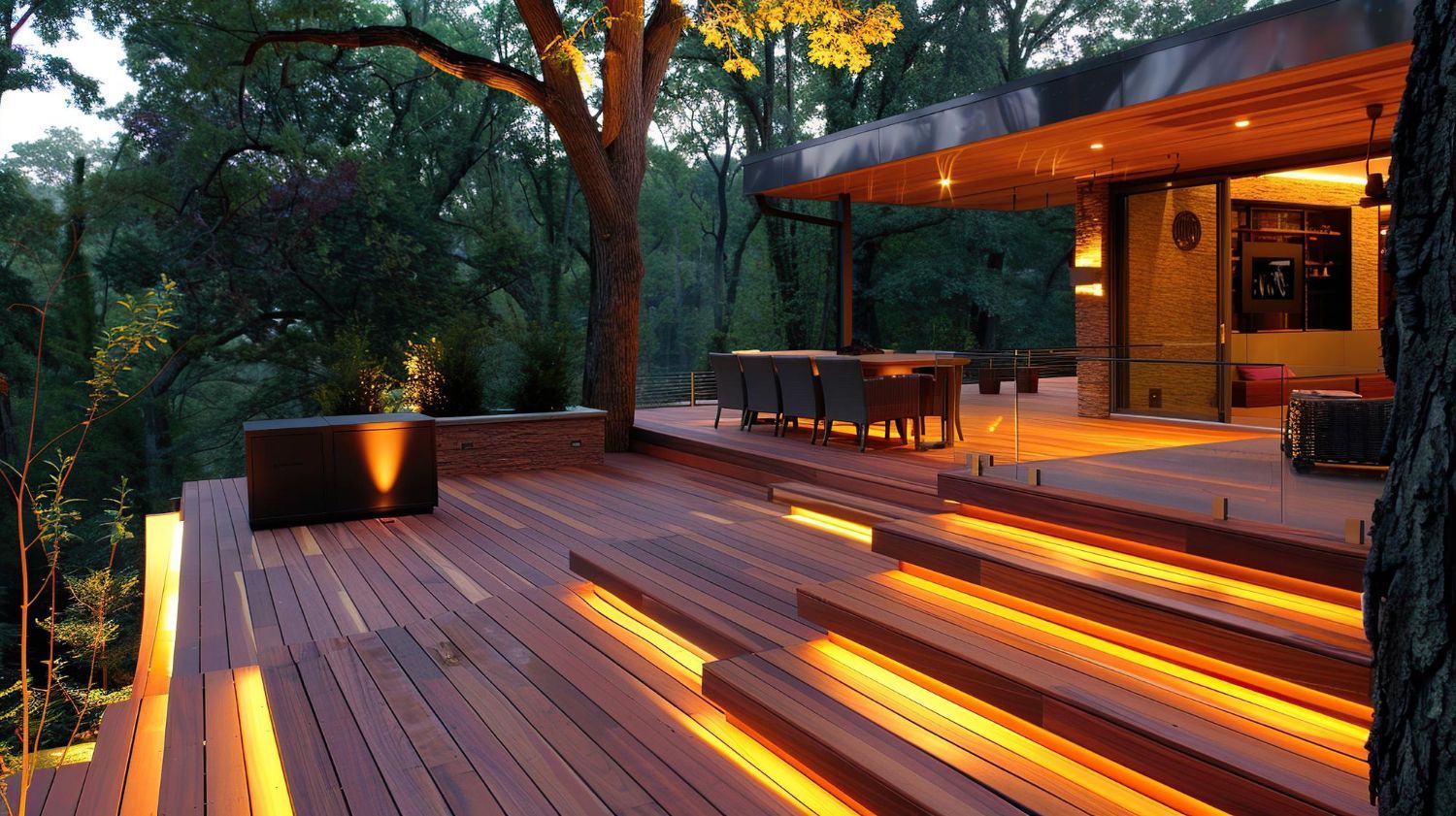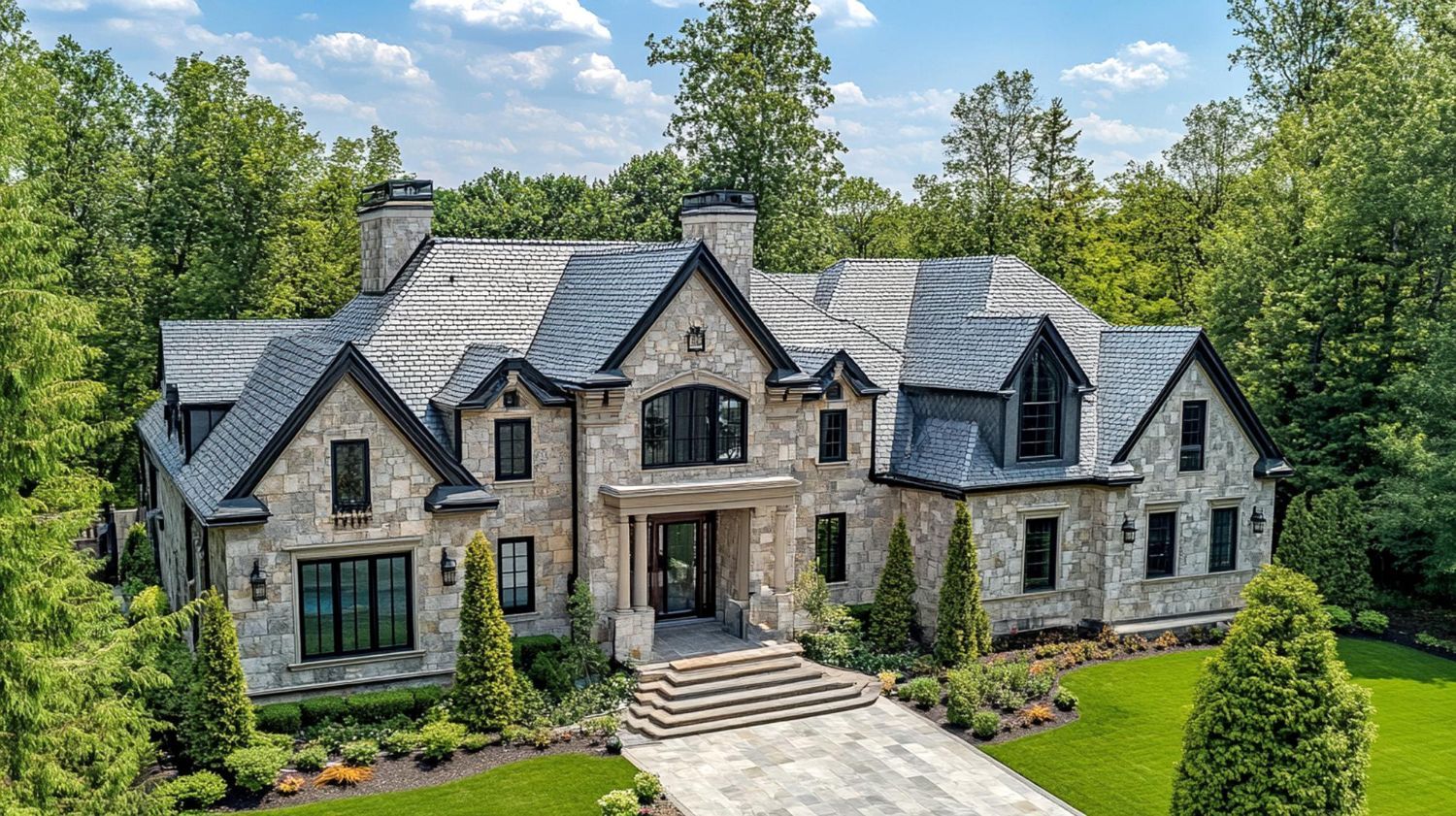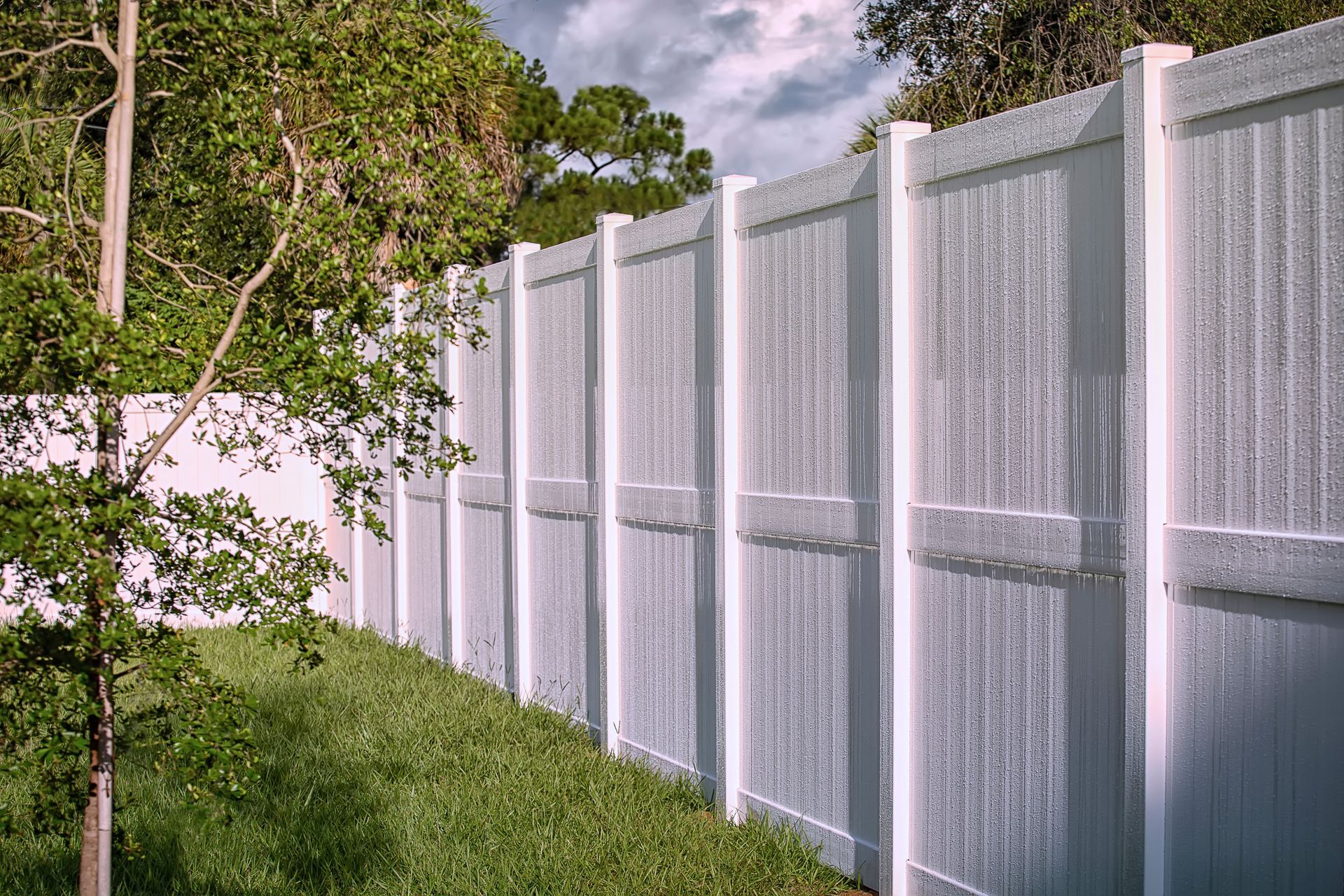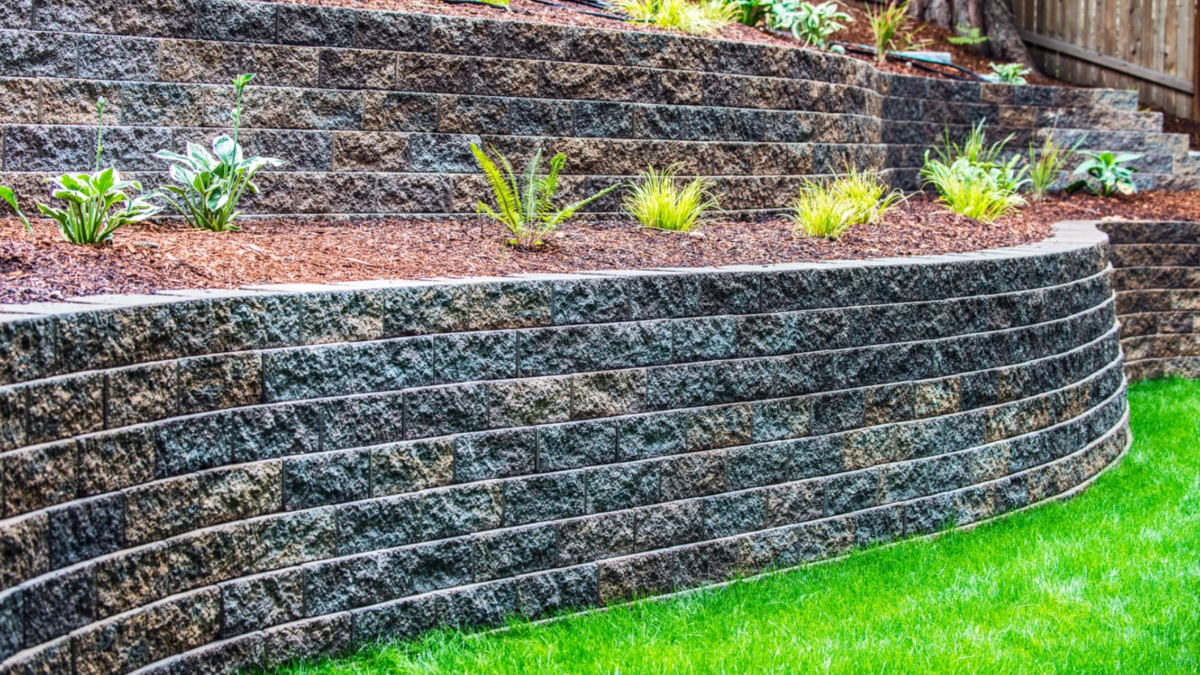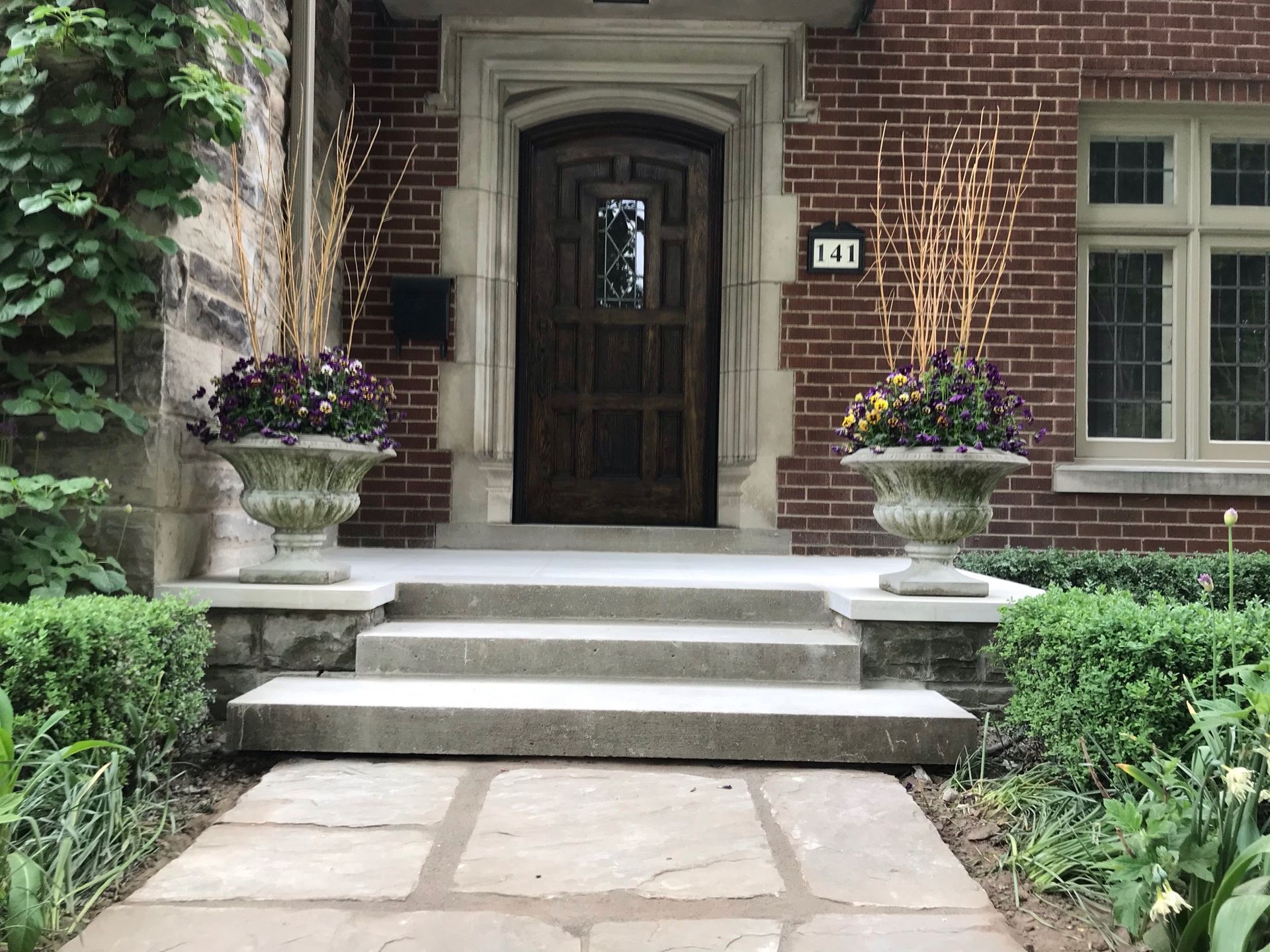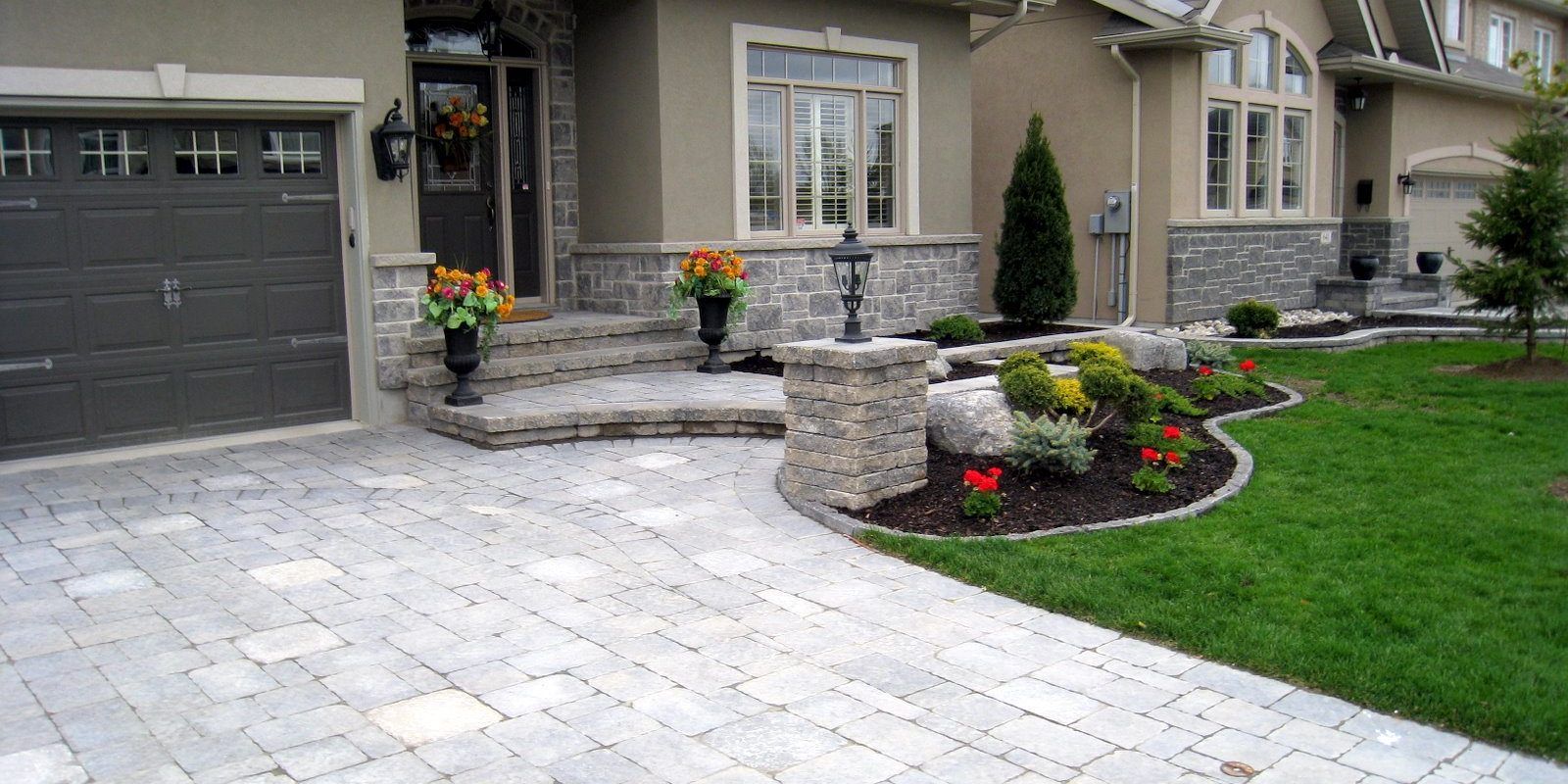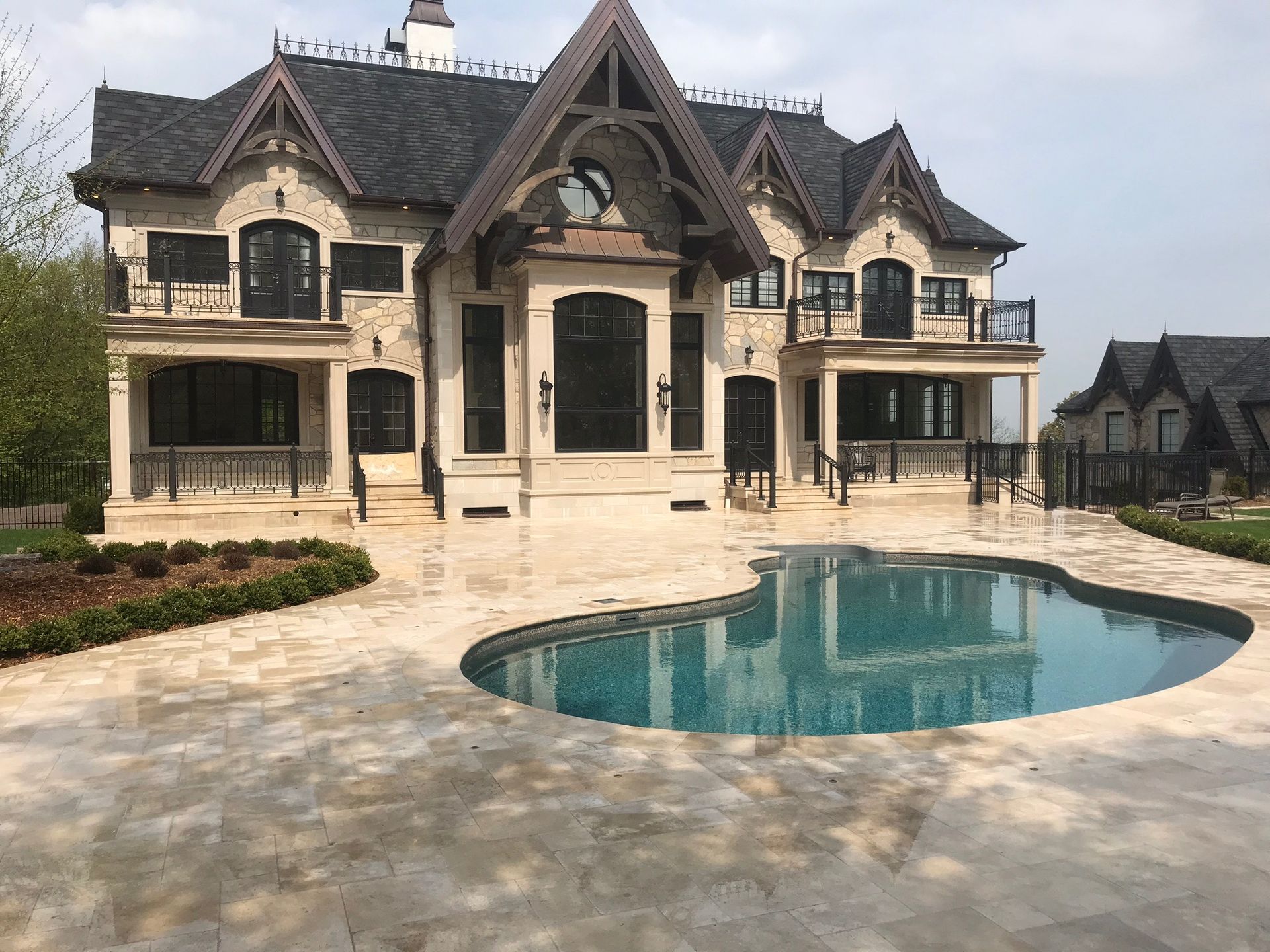Essential Tips for Prolonging the Life of Your Retaining Walls in Humid Climates
Retaining walls are a vital feature for many properties, especially in humid climates where soil erosion and water retention can be significant issues. While they provide structural support and aesthetic value, retaining walls also require regular maintenance and strategic planning to ensure their longevity. This blog post will cover essential tips to prolong the life of your retaining walls in humid climates.
Understanding Retaining Wall Materials
Choosing the right materials for your retaining wall is crucial for its durability, especially in a humid environment. Materials such as concrete blocks, natural stone, and treated timber are commonly used, each with its own benefits and maintenance requirements.
- Concrete Blocks: Known for their strength and uniformity, concrete blocks are a popular choice. They are resistant to water damage, but still require proper drainage systems to prevent water accumulation behind the wall.
- Natural Stone: This option offers a more aesthetic appeal and blends well with natural landscapes. Natural stones are durable but may require sealing to prevent water penetration and moss growth in humid climates.
- Treated Timber: Timber provides a rustic look but is less durable than stone or concrete in humid conditions. Ensure it is pressure-treated to resist rot and insect infestation.
Proper Drainage Systems
One of the most critical factors in maintaining retaining walls in humid climates is installing an effective drainage system. Water accumulation behind the wall can lead to increased pressure, causing the wall to lean or collapse. Here are some drainage solutions:
- Gravel Backfill: Using gravel instead of soil directly behind the wall promotes proper water drainage and reduces pressure.
- Weep Holes: These small openings allow water to escape from behind the wall, reducing hydrostatic pressure. Ensure they are placed at appropriate intervals.
- French Drains: Installing French drains can help divert water away from the retaining wall, further reducing water buildup.
Regular Inspections and Repairs
Regularly inspecting your retaining wall is essential for identifying potential problems before they escalate. Look for signs such as cracks, bulging, and leaning, which can indicate underlying issues:
-Cracks: Small cracks can be sealed, but larger cracks may require professional assessment and repair.
- Bulging and Leaning: If your wall is bulging or leaning, it could be due to insufficient drainage or structural issues. Immediate action can prevent further damage.
- Water Damage: In humid climates, moisture can lead to mold and mildew growth. Regularly clean the wall and apply sealants if necessary to prevent water penetration.
Vegetation and Root Control
While vegetation can add beauty to your retaining wall, it is important to manage plant growth, as roots can cause significant damage:
- Weed Control: Weeds can compromise the structural integrity of your wall. Regularly remove them and consider using weed barriers.
- Root Barriers: For larger plants or trees near the retaining wall, root barriers can prevent roots from penetrating and damaging the wall.
- Choosing Plants: Opt for plants with shallow root systems that will not interfere with the retaining wall's structure.
Sealing and Waterproofing
In humid climates, sealing and waterproofing your retaining wall can significantly extend its lifespan. Different materials require different treatments:
- Natural Stone: Apply a waterproof sealant to prevent water penetration and reduce the risk of mold and mildew.
- Concrete: Concrete walls can benefit from a water-resistant coating, which will help prevent cracks and erosion.
- Timber: Ensure treated timber is re-sealed periodically to maintain its resistance to moisture and pests.
Hiring a Professional
While some maintenance tasks can be handled by homeowners, others require the expertise of professionals:
- Inspection and Repair: A professional can carry out thorough inspections and recommend necessary repairs, ensuring your wall remains stable.
- Drainage Solutions: Hiring a professional to design and install an effective drainage system can prevent many common problems associated with retaining walls in humid climates.
Maintaining your retaining wall is not just about preserving its appearance; it's about ensuring the safety and stability of your property. Following these tips will help you prolong the life of your retaining wall, providing peace of mind and long-term value.
Ready to protect and enhance your property?
Contact our expert team today for a consultation on maintaining or improving your retaining wall. Contact us or visit our website to learn more about our services.
